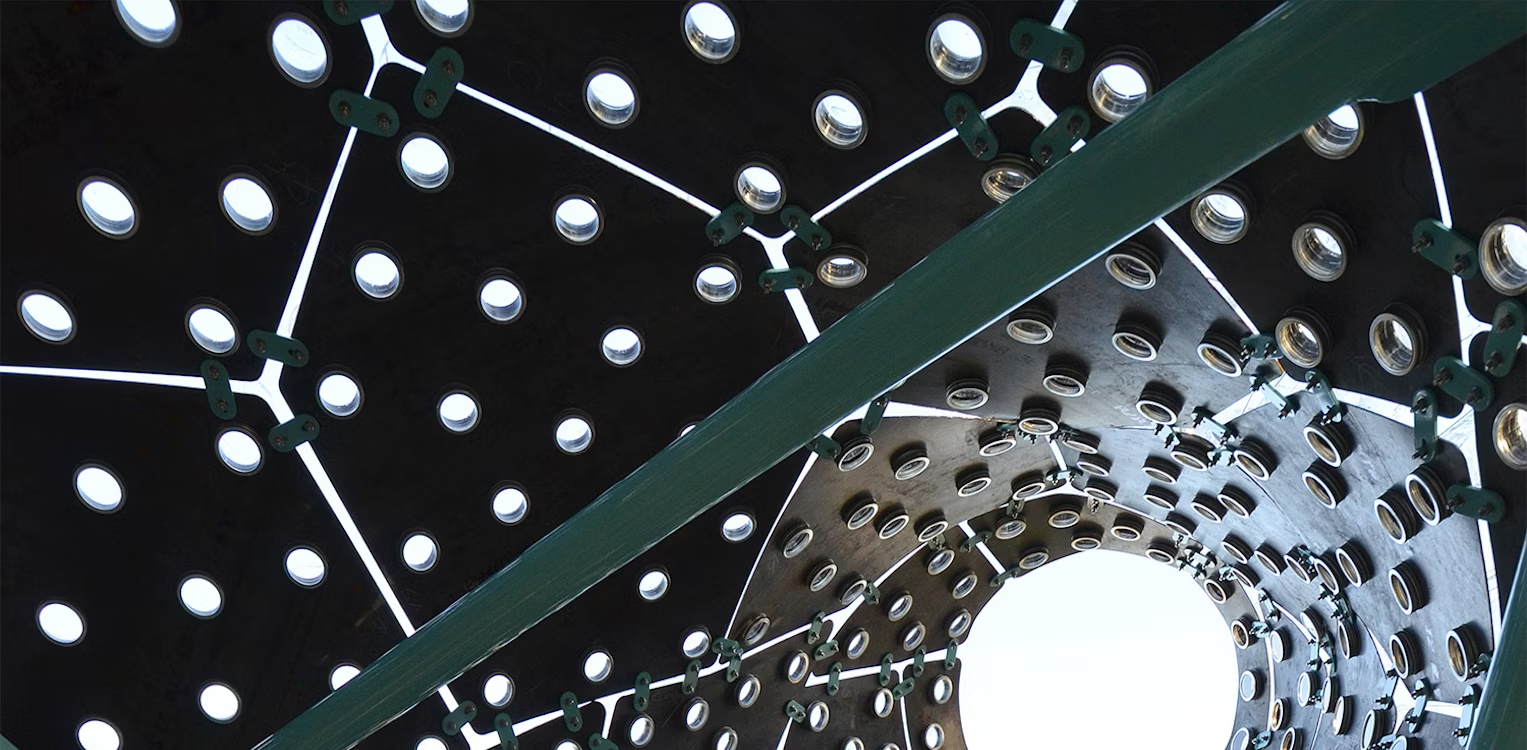
Capabilities
Sustainability and the Race to Net Zero
Datum Engineers supports the SE 2050 commitment initiative developed by the Structural Engineering Institute and the Carbon Leadership Forum and will work towards the goal of transforming the practice of structural engineering to achieve net-zero embodied carbon by 2050.
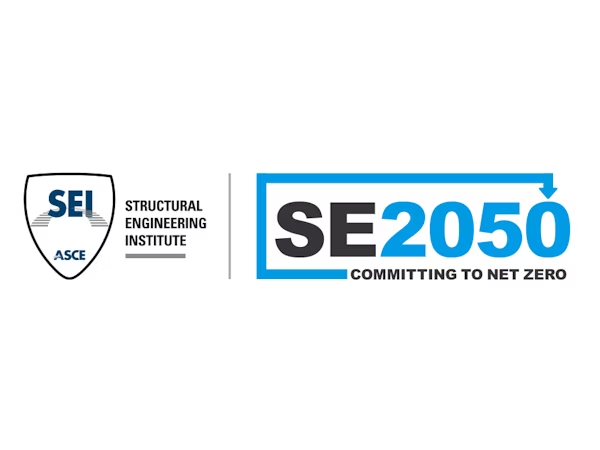
We are Engaged
Datum proudly supports the mission of the SE 2050 commitment as envisioned by the Structural Engineering Institute of the American Society of Civil Engineers. As one of the first 70 engineering firms nationwide to take on this bold challenge, we are committed to transforming the practice of structural engineering by prioritizing the reduction of embodied carbon through the use of less impactful structural materials. Our approach is holistic, firm-wide, project based, and data-driven.
We are Leaders
Swarna Karuppiah, PE serves as Datum’s Sustainability Champion. Having worked at Datum since 2016, she clearly understands our culture and our mission and has recently authored Datum’s first Embodied Carbon Action Plan. She currently serves as an SE 2050 Committee Member, helping the American Society of Civil Engineers (ASCE) address sustainability issues as they relate to the practice of structural engineering in the US and beyond.

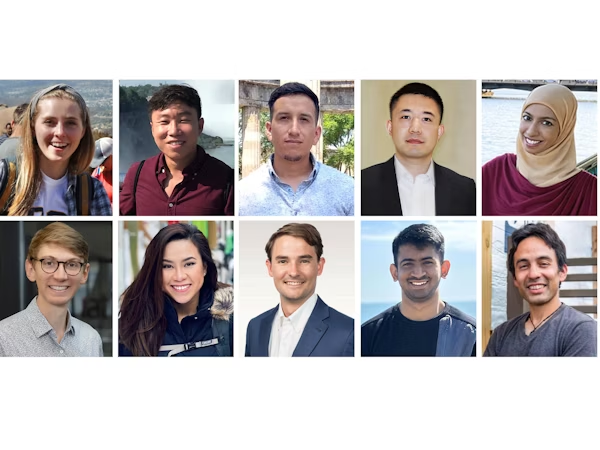
We are Committed
We at Datum recognize our responsibility to help the building design community address climate change issues and the impacts that our structural systems have on the environment. To help reach our team’s collective sustainability goals, we have Sustainability teammates supporting Swarna in each of our three offices.
We are Involved
To underscore our commitment, we offer to perform a structural carbon study at the outset of every project to examine the CO2 impact of structural system alternatives. We also educate employees and clients to help them understand how building materials contribute to greenhouse gas emissions and how we as structural engineers can help reduce emissions associated with structural systems. We are developing in-house tools and methodologies to create databases compatible with the SE 2050 database in order to share our information with ASCE so that all engineering firms can benefit from what we learn.
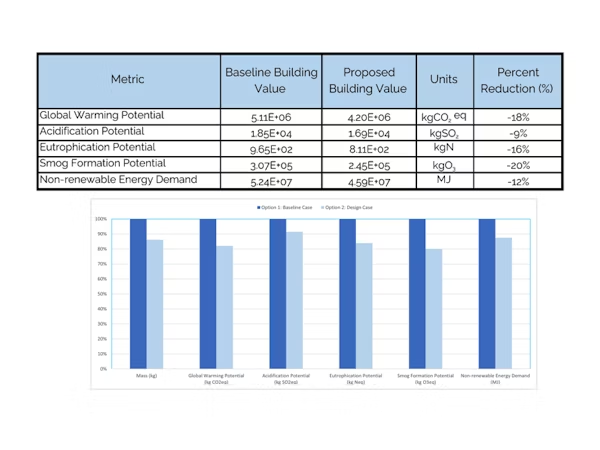
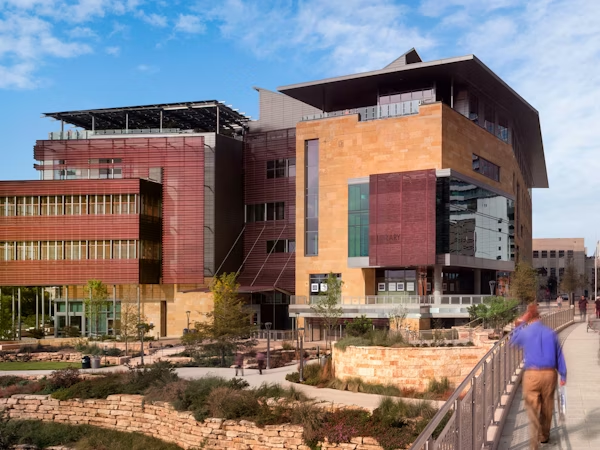
We are Consistent
Our commitment to supporting the SE 2050 Commitment is the most recent expression of our longtime dedication to innovating and advancing the practice of structural engineering. We have, over time, participated in more than 50 projects which have achieved LEED certification. Examples include:
- Perot Museum: Four Green Globes, LEED Gold
- Dell Children's Hospital: World's First LEED Platinum
- Austin Central Library (Pictured): LEED Platinum
- The DoSeum: LEED Gold
- UTD Brain Performance Institute: LEED Silver
- Parkland Hospital Garage: LEED Gold
- Irving Convention Center: LEED Silver
- Naples Botanical Garden: LEED Gold
- UNT Dallas Student Learning and Success Center: LEED Gold
- UT Norman Hackerman Building: LEED Gold
- Austin City Hall: LEED Gold
- Crow Holdings at Old Parkland: Leed Gold
We are Proactive
In signing on to the SE 2050 Commitment Program, we support the vision that all structural engineers must understand, reduce and ultimately eliminate embodied carbon in their projects by 2050.
We recognize that it will take hard work from all of us to make this kind of impact on embodied carbon in structures. That’s why we are excited about working collaboratively on this huge challenge with other structural engineers through the SE 2050 program. We are proud to embrace the opportunity to make a significant impact on the environment by influencing structural design in ways that positively impact our planet.

Additional Capabilities
Building Information Modeling
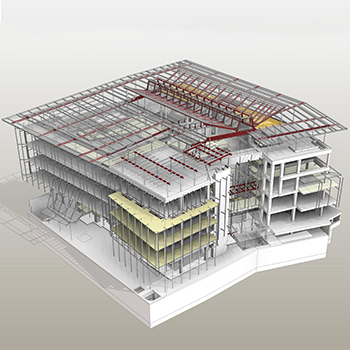
BIM brings buildings to life throughout the design process. It allows us to go beyond physical dimensions to explore spatial relationships, perform light analysis, embed geographic information and visualize building components. Our experts assure that BIM represents data that can bring value through a building life cycle, supporting cost management, program management and facility operation.
Expansive Clay

Dealing with expansive soils requires experience and close attention to details and construction practice. By the nature of our work along the Balcones Fault, we have gained a considerable amount of experience and understanding in mitigating the effects of expansive clay. This is an interdisciplinary subject, so we have authored a book with the goal of broadening our clients’ knowledge in this area.
Structural Framing Studies

Datum's approach to structural system selection is carefully developed through value engineering initiated by the design team during the schematic design phase. This requires analytical studies of structural systems that respond to three criteria: the owner's functional requirements; the architectural design criteria; and economy and speed of construction. The results document cost options for both the owner and architect early in the planning process. Our approach is particularly valuable when the design criteria require structural systems that are integrated with electronic mechanical requirements, such as electrified decks, raised computer floors, etc.
